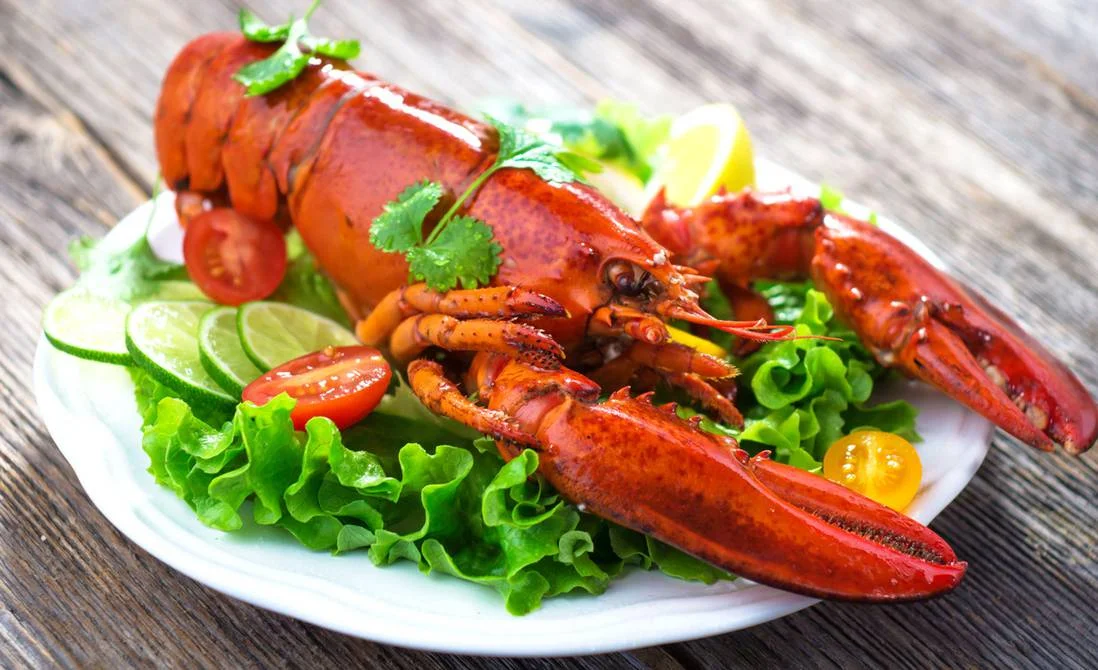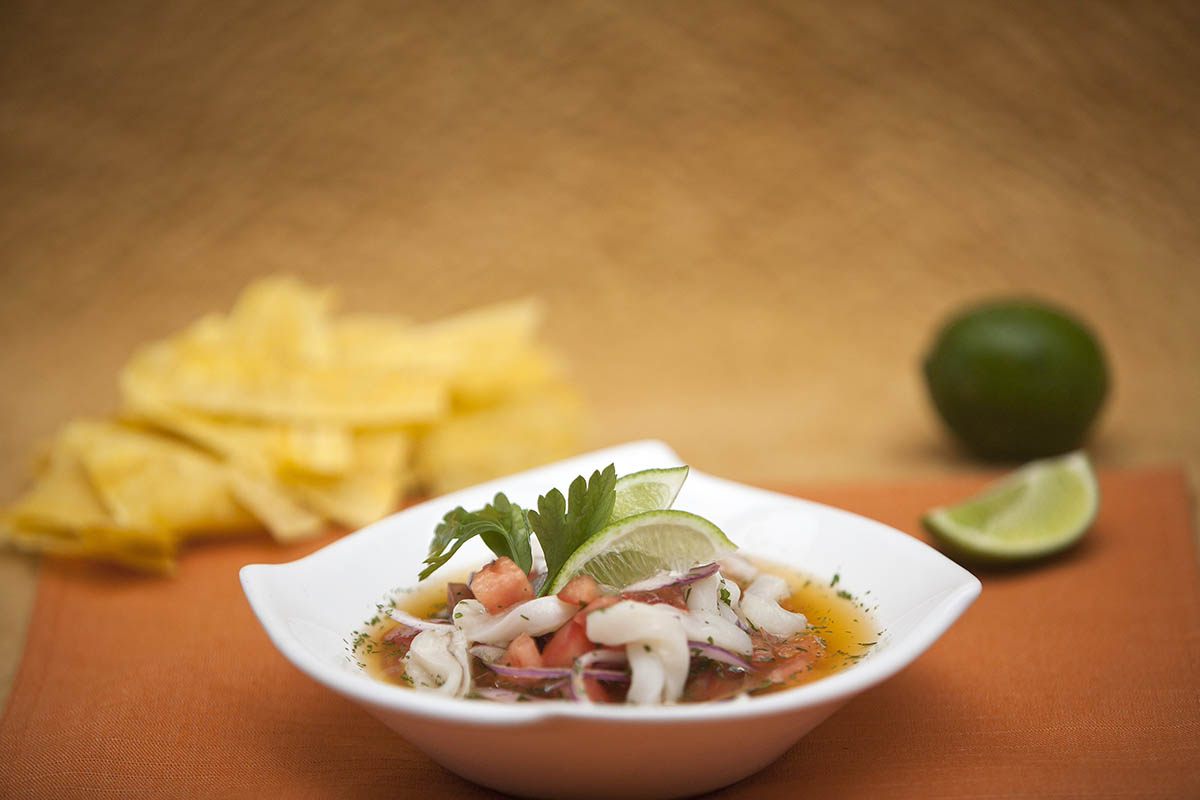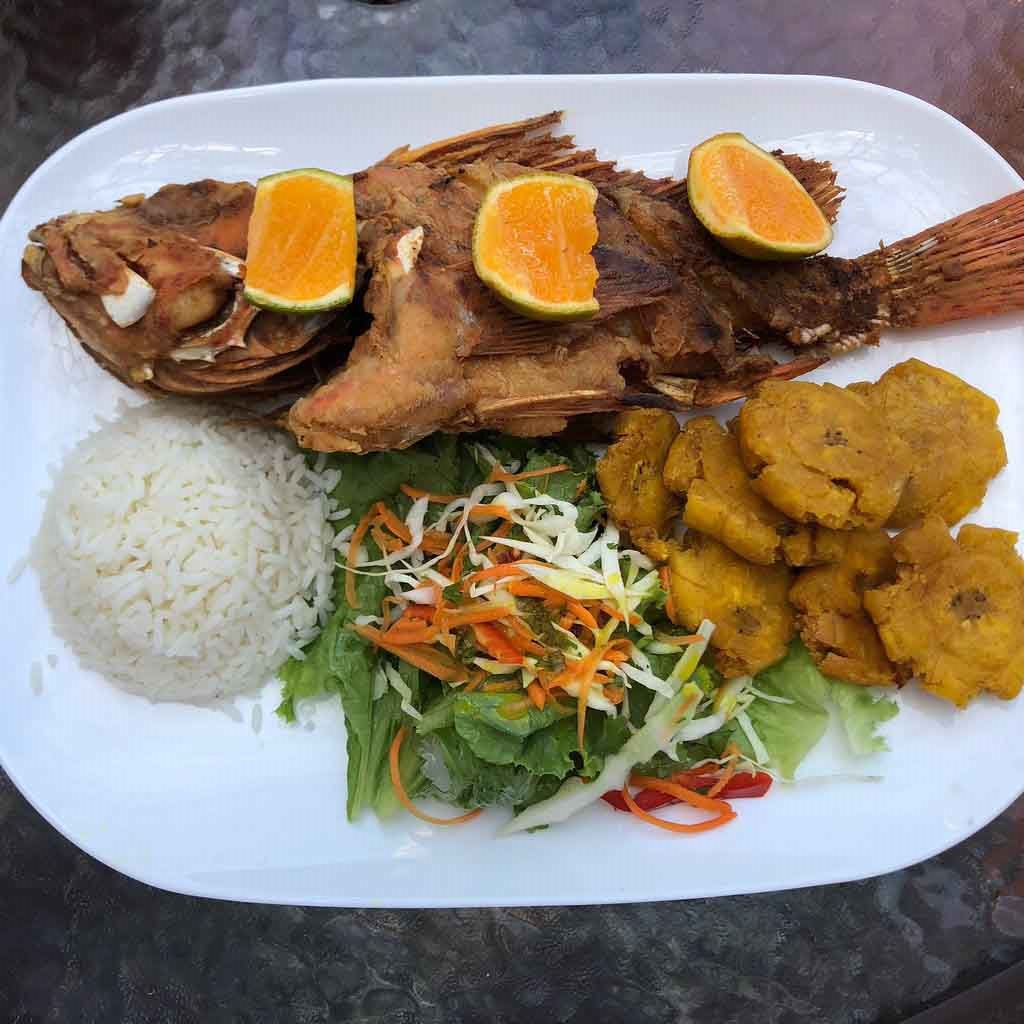
Guide to Galapagos Local Products: Lobster, Tuna, Brujo and Canchalagua. The best places to eat them and how | Travel Blog
Galapagos is a place that stands out due to its beauty, mystique, biodiversity and possibility of adventure. Many visit the islands for their famous flora and fauna, volcanic ecosystems, pristine beaches, boutique hotels, and fun activities such as scuba diving, hiking and surfing. However, what some might be missing out on is its promise as a fantastic food tourism destination. One that stands out on one particular front: the seafood.
What makes Galapagos’ seafood so good?
Also known as the Enchanted Islands, the Galapagos’ location west of Ecuador in the Pacific Ocean have a particular territory and geographic isolation that has generated over the centuries an unparalleled level of endemism and biodiversity. In an attempt to preserve these ecosystems, a big portion of the islands was instated as an ecological reserve. In addition, extractivism, commercial activities, tourism, agriculture, transportation and day to day life is regulated to lower the impact on the protected natural resources and produce as little waste as possible. This has meant that consumption of endemic flora and fauna is mostly prohibited, and the agriculture production is quite limited, making a great deal of products for food consumption imported from continental Ecuador. Nonetheless, it has also meant that traditional artisanal and sustainable fishing techniques and practices have been encouraged over the years as Galapagos people’s livelihood and sustenance; preserving the richness of the sea fauna. That is why if you are talking about Galapagos’ best local products, you are immediately talking about its seafood.
The Islands coasts have higher quality fish, mollusks and crustaceans that are only fished in certain areas by fisheries that are regulated and must have a permit. While not all fishermen adhere to the policies, most of the product is sustainable and first-rate. There are many sea products that I strongly recommend for their taste and uniqueness, as well to expand your authentic Galapagos experience through local gastronomy. The top of mind seafood in the Islands is Galapagos Lobster, Canchalagua (an endemic mollusk), Albacora or Yellowfin Tuna, and other fish like Camotillo or Whitspotted Sand Bass, Pez Brujo or Pacific Spotted Scorpionfish and Bacalao Rey or Galapagos’ Golden Grouper. Other excellent options are octopus and shellfish of different kinds.
Galapagos Slipper Lobster and Galapagos Spiny Lobster

A fairly common but important element to the gastronomy in Galapagos, the lobster is one of the must-haves of any foodie that visits the Islands. Both tourists and locals enjoy this succulent and somewhat sweet and salty crustacean that is found in the tropical region of the Indo Pacific Ocean. In the Galapagos we find species that are both native and endemic to the territory. The Slipper Lobster is an endemic variety of the islands, meaning it can only be found in the Galapagos. On the other hand, the Red and Blue-Green Spiny Lobster can be found in other countries, however, the Galapaguenian one has adapted to this particular territory and developed a thicker and bigger tail that holds more meat, which differentiates it. The Spiny Red Lobster is the most available to fishermen and can be found almost in any restaurant or cruise you go to, although the Green or Blue one is just as delicious, has a more delicate flavor, and is a big part of the Galapaguenians identity. The Slipper Lobster is a bit more scarce due to its “near threatened” status.
Because of the importance of lobsters in general to the Island, there are many policies to fish this delicacy, some of which are that the fishing season for the endemic Slipper Lobster is from March to September. Yet, the native Spiny Lobster can be fished from June-September to December, so tourists must have that in mind if they are trying to get some lobster on their visit. Each year these dates are announced and you can look them up.
How and where to eat lobster in Galapagos
Due to the popularity of Galapaguenian Lobsters and the international public that seeks them when visiting the Islands, lobsters are prepared in many different ways. However, some that you can’t miss out on are grilled lobster (the most traditional way to eat lobster in the Islands) and lobster with seafood-coconut sauce. Grilled lobster is a staple that can be found in most restaurants at Puerto Ayora on Santa Cruz Island, but the best chefs know how to make it their own. Some fantastic options are the grilled lobster with mandarin butter sauce offered at Almar Seafood & Grill and plain grilled lobster with garlic in Bahia Mar where you can appreciate the authentic flavor of the seafood. For a more casual street food experience, you can go down to Kioskos Street, at Charles Binford and Av. Baltra, where you’ll find a big offer from street stalls and small restaurants. This is a great place to get lobster with seafood-coconut sauce, lobster soup, or any kind of lobster cooked in guava tree wood (a traditional way of cooking in Galapagos). Some good kioskos to stop by are El Kiosko de William and El Kiosko de Renato. If you are looking for something a bit more experimental, some of the best fine dining or haute cuisine restaurants of the Galapagos also have got you covered. If you are in lobster season, ask if they are serving it at Galapagos Safari Camp or Pikaia Lodge and make a reservation. While they don’t always have it on the menu, they will serve it occasionally with different flavors and techniques that will surprise you. Several luxury liveaboard yachts that cruise around the Galapagos archipelago also offer lobster on their menu like the Elite Catamaran, the Grand Majestic or the Seaman Journey.
Galapagos Canchalagua

Canchalagua is an endemic mollusk from the family of chitons. Islanders hold dishes made with canchalagua very close to their heart since it's a traditional preparation and special delicacy that is hard to come by. Why? Because fishing for canchalagua is a complex task that can only be done at a certain time of the month; they only are available to fish from midnight to dawn of a full moon, stuck to coastal volcanic rocks when the tide is low. So to have it real fresh, you must check the lunar calendar and see if canchalagua will be available during your visit. This mollusk is not just rare but also very delicious. It has a similar texture to that of octopus, but the flavor resembles the one of clams and shells.
The most common way to eat canchalagua is served as a ceviche, that means cured in acid from citrus like lime and lemon with raw onions, tomato and cilantro. Another way to have it is grilled or cooked with a garlic sauce. If you go to any traditional cevicherías or restaurants, like Frutos del Mar Cevichería, La Canchalagua (Floreana Island) or La Cevichería, you will find canchalagua ceviche and its worth to try it, just as the locals eat it at home. On another hand, Isla Grill has an excellent grilled canchalagua with a citrus sauce served on top of a big patacón made from green plantains. Muyu Restaurant (San Cristóbal Island) makes great creations with canchalagua, one of which is a delicious, barely cured, almost like a crudo, canchalagua with achiote citric cream and paico leaves. Truly something you don’t want to miss.
Yellowfin Tuna and Pez Brujo

When it comes to fish itself, the two must-haves in Galapagos are albacora (as the locals refer to Yellowfin Tuna) and pez brujo (Pacific Spotted Scorpionfish). Even though yellowfin tuna is considered in other countries as a high-end product, it is very common in the Enchanted Islands and something the locals will have on a daily basis as part of their diet. However, this doesn’t stop chefs from making the absolute best of it in their restaurants. Now, as any foodie knows, the greatest way to have a fish like yellowfin tuna is rare, if even cooked at all. Pan or grill seared with a rare center is fantastic or served in anything like a tartare, carpaccio, ceviche or different kinds of sushi. On another note, pez brujo, an endemic fish, is something that lends itself to be cooked a bit more and is usually served fried, grilled, steamed or cooked in coconut sauce. To truly enjoy it, head on down to the restaurant at Finch Bay and enjoy their tuna with a crispy sesame crust, citric soy sauce and seaweeds; or you could also try the brujo filet with warm tomatoes, lemon, herbs and oregano oil. If you are a sushi fan, go to Midori to try an excellent variety of sashimi, rolls and nigiris made with one of the best tunas in the world. Almar Seafood & Grill offers a whole pez brujo on the grill with a side of moro rice and green plantains that is made with lots of technique and care. Another excellent option is Bahía Mar’s tuna with sal prieta crust (an Ecuadorian condiment or topping made from peanuts, corn and achiote) and garlic mint rice. And you definitely can’t leave Santa Cruz without having a whole fried brujo or a brujo encocado (with coconut sauce) at Kiosko Street stalls.
Other options that will allow you to enjoy the fine Galapagos ingredients would include chartering a yacht to cruise around the Islands, you can choose the chef, menu and ingredients. Voyagers Travel helps travelers book yacht charters and customize menu, drink selection, itinerary and much more.
Check Our Galapagos Cruises:


